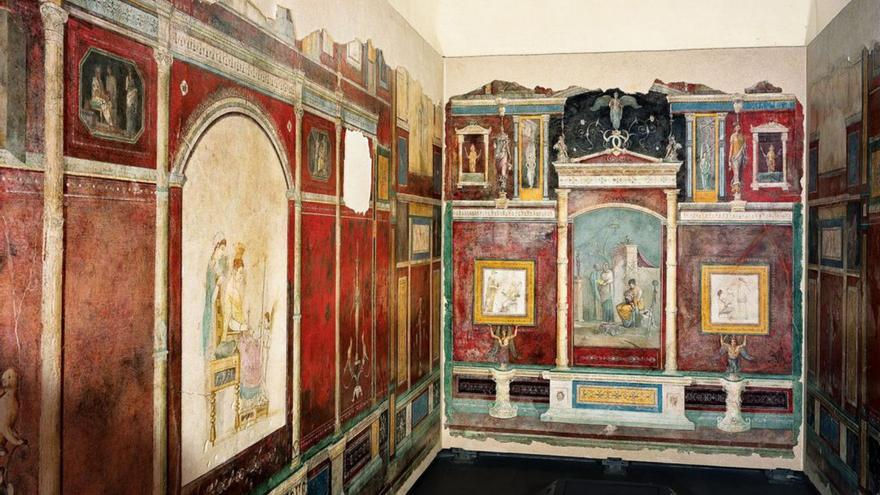Belgian Linen Canvas, the best Oil Painting Support
- genyagritchin
- May 10, 2022
- 2 min read
Up until the mid 16th century in Europe, oil painting was executed on prepared wood panels. This changed during that century and paintings began to be done on canvas.

Venetian painters developed and popularised the technique and it was quite a revolution in the art world. It meant that paintings could be larger in size than the previous wooden panel formats, it was cheaper and less likely to deteriorate due to insect damage or cracking and, by rolling it up it was a whole lot lighter to transport.
By changing to canvas, the priming of the support had to change as well. Priming for wood panels was thick and made of gypsum or calcium carbonate mixed with animal glue. This type of primer was too rigid for such a flexible support such as canvas. However, in this article, I’d just like to touch upon linen canvas.
Linen comes from the flax plant and is very robust and resistant to decay. It comes in a variety of textures and depending on what I am painting I will choose a heavy or fine canvas.

Claessens is my preferred producer because their quality of linen is scrupulously produced and then examined and repaired for any flaws.

I use 6-9 layers of paint when painting an oil painting.
When working on a large scale it’s nicer to use a heavy canvas because it’s more durable. When I roll it up, the heavier linen helps avoid cracking the surface.

Fine linen canvas is excellent for portrait painting, it provides a smoother surface than heavy canvas which allows for finer detail.

If linen canvas painting loosens up after time, it’s possible to dampen the back with a moist cloth and it will tighten up again.
Your questions and comments are welcome below.



Comments